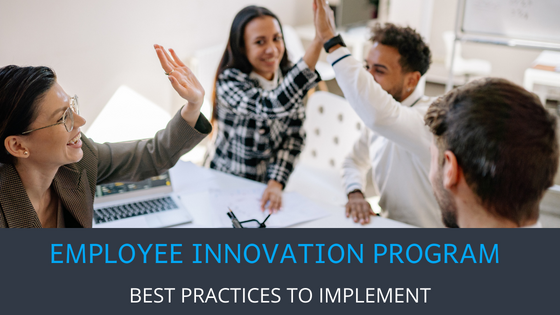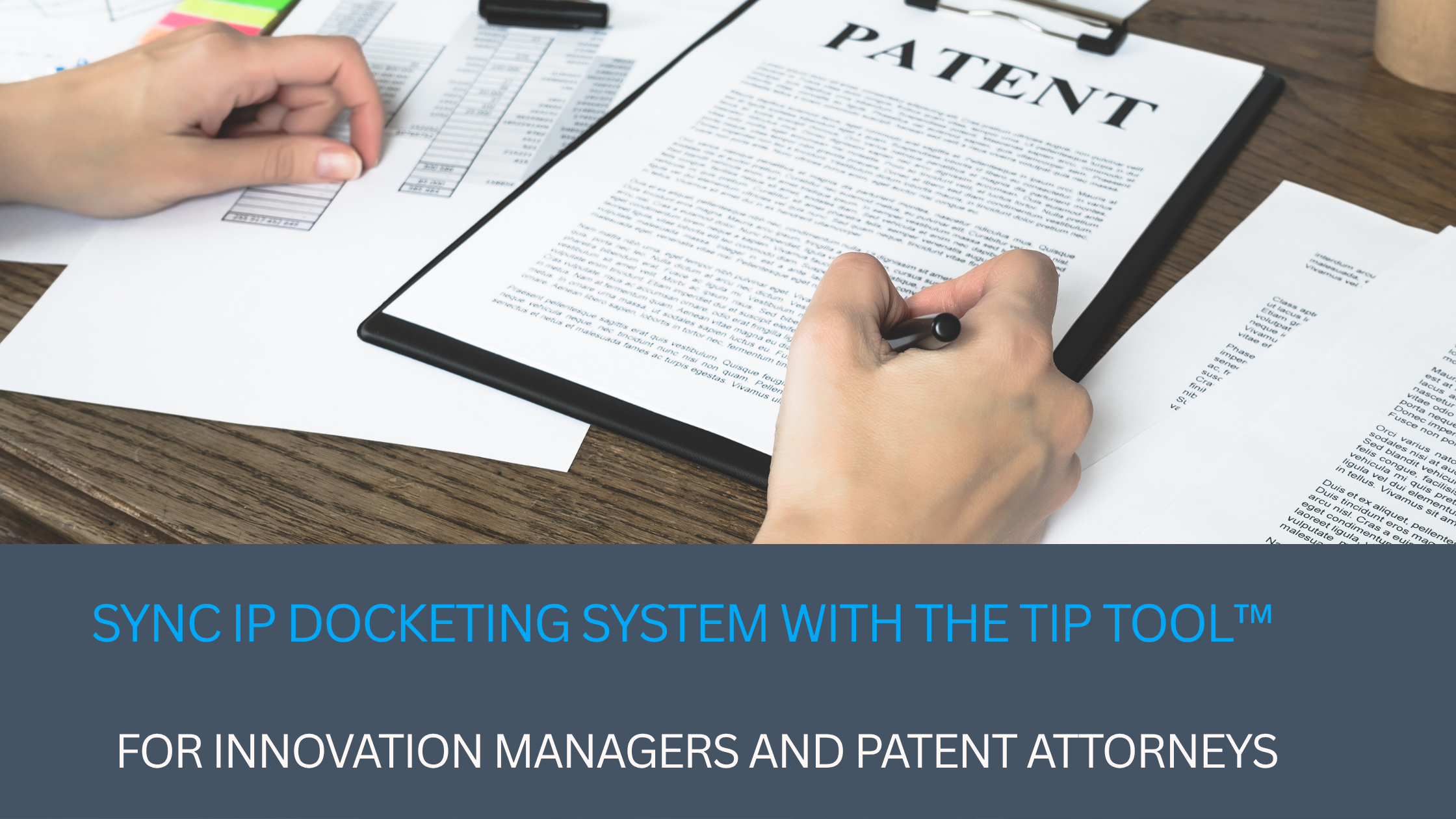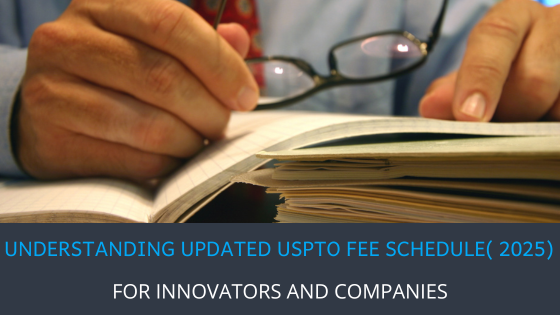A manager instills the innovation culture in a company by saying “Thank you.”
In a company in Japan, whenever an employee came up to the manager with an idea – whether it’s brilliant or ridiculous – he would say ‘thank you.’ The manager understood that whoever brought the innovative idea was taking a considerable risk. What if the idea fails? What if the idea gets ignored?
By saying ‘thank you,’ the manager provides psychological safety to employees. As a result, they believe that their innovative ideas are welcomed in the company. It was the manager’s way of instilling a culture of innovation in his organization.
To innovate, you must instill a culture that drives innovation. It includes giving your employees the freedom to share innovative ideas and empowering them with resources to execute them.
Everyone has their ways of building an innovation culture within the company. You can also use various methods to motivate your employees to build innovation. In this blog, I will bring you tried and tested ways to enhance your company’s innovation spirit.
5 Employee Innovation Programs from World’s Most Innovative Companies
Launching a new product may come from one big idea, but sustaining the growth is possible only with innovation. The following companies proved it:
- Bayers: Bayers launched a platform called ‘WeSolve.’ They hired coaches and ambassadors under the program who educated and supported employees in innovation. Bayers also launched a Catalyst fund and added 50,000 euros to support the innovation program financially. Today, Bayers have got 80 ambassadors and 700 coaches across 70 countries.
- Ritz-Carlton: Ritz Carlton hosts Innovation Olympics every year, where employees compete for the best innovative idea. They implement winning ideas across the company.
- HCL Innovation Program: HCL has created an employee knowledge exchange portal where anybody can provide ideas to solve a complex problem. HCL has also launched a chatbot called EDNA to power the employee innovation program. An employee sitting in the US can ask a question, and EDNA connects it with anyone worldwide who knows the solution.
- Adobe: Adobe has an employee innovation program called ‘Adobe Kickbox’ that provides its employees with a toolkit that helps them pitch new business ideas to the stakeholders. It’s also connected with the Adobe community, where “kickboxers” can share ideas with their peers.
- Nestle: The program ‘Ingenius’ by Nestle provides opportunities for its employees to bring in new challenges. Employees propose ideas, and subject matter experts evaluate them. The experts co-innovate with high-potential ideas. Six hundred prototypes are currently functioning under Nestle’s innovation program.
9 Best Practices To Kickstart Employee Innovation Program
Many people think innovation always needs to be new and disruptive. They think they must build new products, hire genius leaders, and build brand-new startups to foster innovation.
But you can innovate by making small changes in your regular procedures.
It creates a Domino effect of innovation. Innovation is a habit that you need to incorporate into your organization. Below are the ways you can do that:
- Build your execution and innovation engines
- Master the innovation perspective
- Launch the three processes of innovation
- Empower coaches
- Generate ideas from the frontline
- Create a culture of Innovation
- Catalyze the innovation process
- Engage everyone in the process of innovation
- Keep the ideas flowing
Build Your Execution and Innovation Engines
Companies run on two engines – execution and innovation. Most companies believe that execution is what they’re supposed to do. So day in and day out, they execute tasks in the pipeline.
Now, there’s a need for innovation. Humans innovated themselves through evolution to fit the changing world. Similarly, organizations need to innovate to survive ever-changing markets and customer demands.
Through innovation, you create an end-product that creates value for your customers.
For example, innovation-led Apple from failed products such as Newton PDA to globally successful iPads and Macbooks. This happened when Apple shifted its efforts to customer experiences, intuitive user interface, sleek design, and iconic branding.
An organization must balance both execution and innovation to succeed and sustain that success in the long term.
Master the Innovation Perspective
The innovation perspective is about solving problems. Adopt a mindset that encourages creativity, experimentation, and continuous learning. You need to:
- Stick to the culture of experimentation even when ideas fail.
- Create a customer-centric approach to finding solutions.
- Be willing to pivot quickly if circumstances change.
- Invest in continuous learning.
Impossible Foods is an example of a company that has mastered the innovation perspective. The company has created vegetarian food products that taste like meat. Impossible food is sustainable, and it works to reduce the market demand for meat-based products.
Imagine the level of innovation that went into creating the product. The scientists spent years studying the molecular properties of meat and plant-based ingredients that mimic the taste.
Its flagship product, the Impossible Burger, is very popular in the US. Due to its innovative products and strategies, Impossible Foods have built a business worth $4 billion.
Launch the Three Processes of Innovation
The three processes of innovation are creation, integration, and reframing. Following these processes step-by-step leads to innovative ideas:
- Creation is a process of continuously generating new ideas that create value for customers. These ideas are the raw material for innovation. For example, ‘how can we create a new product for the market’ or ‘how can we solve an existing problem.’
- Integration refers to ‘connecting the dots.’ The organization glues the ideas of the front-line workers, middle managers, and senior executives. The ideas take a proper shape and then move to the execution engine.
- The reframing process is by which the organization challenges its key strategies to find gaps. Reframing helps you break standard procedures and create new benchmarks to measure performance.
Here’s a representation of the three processes of innovation from the popular book ‘Built to Innovate by Ben M Bensaou.’
Empower Coaches:
To instill innovation into the minds of your employees, you need an agile organizational structure. Here’s how you can appoint and empower innovation coaches:
- Select employees from different divisions to take up specific challenges within their department. Call them ‘Innovation Coaches’.
- Train these coaches to believe that a successful product or service begins with a good idea and then you must commercialize that idea to generate profit.
- Appoint multiple innovation coaches and spread them across the organization. At this point, you have built an innovation network that fosters innovation within your company.
- Provide them with all necessary resources, tools, and R&D budget to come up with new ideas.
Innovation coaches dedicate some of their work time to educating their subordinates about the given challenge. They conduct innovation sessions where everybody discusses the challenge and shares ideas for improvement.
Generate Ideas From The Front Lines
Ideas come from challenges. To identify the challenges in your industry, interact with your front-line workers. They are customer support executives and sales and marketing people who interact with customers daily.
They’re aware of day-to-day challenges within the workflow. But their managers often overlook their ideas and focus only on completing tasks. Their suggestions can become a gold mine if someone works on them.
A great example is Toyota. Toyota encourages all employees, including those on the front line, to identify and suggest improvements to the production process.
In the early 2000s, Toyota’s assembly line workers noticed that installing a particular part on the car’s dashboard was difficult. So they came up with the idea of attaching the part using magnets instead of screws. It made the installation process faster and more efficient. This idea was implemented across Toyota’s production line, resulting in significant time and cost savings.
It’s imperative to permit the front-line people to innovate. So put some incentives to motivate them to come up with innovative ideas.
Create a Culture of Innovation
Instill an innovation culture within your company. Only then you’ll leverage the capability of everyone in the organization.
- Implement a non-hierarchical work culture
Hierarchy is the killer of innovation. Flatten the hierarchy to promote the cross-pollination of ideas within your company.
Take Elon Musk, for example. At Tesla, he worked to shorten the hierarchy by removing multiple officials. Instead, he wants employees to work with the leaders with only a few managers in between.
- Train middle managers to innovate
Senior executives and front-line workers understand innovation as they deal with customers and see how competitors progress. But middle managers don’t. Their responsibility is to finish tasks. So, naturally, they don’t think about innovation during their day-to-day activities.
Educate middle managers about innovation and explain how it benefits the company. Only then they’ll fully allow the front-line workers to innovate.
- Create a safety net for employees
Employees shouldn’t be afraid of giving ideas. Instead, senior management and executives should clarify that innovative ideas are “allowed” in the company. Doing this provides psychological safety in case some of their ideas fail.
- Include the term’ innovation’ in your training programs
Innovation should be a key element in your company’s training materials so everybody embraces it. Include it in all leadership and onboarding training to achieve long-term and sustainable effects.
Catalyze the Innovation Process
Speed of innovation can be a big challenge, especially in industries with high-security risks, such as medicines, where it takes years to approve an idea. Implement the HR lean startup methodology within the organization to catalyze the process.
With this methodology, you find the nearest problem and create a minimum viable product to solve it. But R&D happens within the office – far from customers. They research first and develop later, which delays the process. So create a space where you narrow the distance between innovators and customers.
For example, Fiskar, a tool-making company, conducted an experiment called “Fiskars Xperiment.” It invited 20 surgeons and 20 chefs to try their product. They gathered first-hand feedback on design and functionality and used it to improve their products.
Engage Everyone in the Process of Innovation
Engaging everyone brings diverse perspectives and creative solutions to a project. To achieve this, allot designated roles throughout the company to involve everyone in the innovation project.
For example, Bayer, a German multinational pharmaceutical company, decided to create an innovative engine to leverage the capabilities of their 100k employees. So they made everyone responsible for innovation.
They appointed 80 employees as ‘innovation ambassadors’ who’d supervise and sponsor innovation. Under these ambassadors, Bayer appointed 1000′ innovation coaches’ who’d strategize and implement innovation through the company.
They launched a digital platform called ‘We solve’ where anybody from the company can provide inputs and ideas.
The result? At any given time, the platform has over 800 suggestions, questions, and ideas – all by employees. Moreover, ⅔ of the ideas are generally from a different department than the employee works in.
The key is understanding that everyone has a way of being involved in the process. While some participate actively, some like to stay in the outskirts. Find a way to get everyone involved, and the process will run smoothly.
Keep The Ideas Flowing
Innovation is not a one-time task. Innovation should keep flowing within your organization. Leaders must emphasize innovation by celebrating successes and failures alike. Here are some ways to keep the ideas flowing in an organization:
- Give employees the tools they need to innovate
Provide resources, training, and tools to innovate. This includes innovation labs, an R&D budget, digital innovation platforms, and brainstorming sessions.
- Embrace collaboration
A collaborative environment allows employees to share ideas and learn from each other. They work together to solve complex problems.
- Listen to customer feedback
Innovation must come outside. This means you first interact with the customers outside, understand their problems, and then innovate to solve them.
Microsoft has embraced collaboration across teams and departments, and the company’s employees are encouraged to experiment and take risks. As a result, it has invested heavily in its R&D department. The company has launched several new products and services recently, including Azure, Teams, and Dynamics 365.
Tips To Ensure the Success of the Employee Innovation Program
Motivating your employees to innovate is one part of the program. It’s time to learn how to capture and manage their ideas so you can make the best of them.
● Select the Right Innovation Capture Tool
The patent management process is complex, so many patents get lost, and the process lacks engagement. The right innovation capture tool, like the TIP ToolTM by TriangleIP, helps you stay on top of all your patents.
It has a simple and intuitive Invention Disclosure Form(IDF) to capture ideas. In addition, the Idea Management dashboard provides an overview of the complete patenting process so everyone, including innovators and patent attorneys, get a bird’s eye view of the project.
All stakeholders, including inventors, managers, patent attorneys, and business teams, can collaborate on the inventions in real time with comments and tags just as they would do over Google docs. The tool also predicts the possibility of getting a patent and associated end-to-end patenting costs, including attorney fees, government fees, annuities, etc.
You get a holistic view of all your ideas and patent pipelines. You also always stay on top of updates from the USPTO. With the TIP ToolTM, you manage ideas and patents with ease.
● Look for a Customizable Idea Capture Form
Design Invention Disclosure Forms (IDFs) in a way that innovators feel comfortable engaging with them. To ensure full details, engage with innovators constantly and assist them with forms. Make them understand that the forms are crucial to the innovation process.
An IDF can be of three different lengths:
Short: It includes the only essential details of the innovators, including the title of the innovation, email, and the innovation summary.
Medium: It includes everything from the short form along with the problem statement, competing products, innovation alternatives, and upcoming public disclosures that can impact the innovation.
Long: It consists of everything from short and medium forms along with the innovator’s written academic articles, future research efforts, commercial uses of the innovation, and resources used to come up with the invention.
Customize the form depending on your organizational needs with the TIP ToolTM.
● Increase engagement with innovators
Educate the innovators about invention disclosures. Conduct regular training to explain the patent policies. For example, inform them how an Innovation Disclosure Form works. The training increases engagement with the innovators and makes them more aware of the procedure.
Innovators must understand that engagement and disclosure are crucial for their idea’s success. Ensure timely assistance whenever innovators get stuck. For example, provide them with sample IDFs so they better understand the process.
The TIP ToolTM allows you to engage seamlessly with innovators through tags and comments. The forms are simple and easy to fill. Once innovators fill out the form, they can monitor the whole patenting process, including idea capture, vetting, patent drafting, and filing, and share their views inside the dashboard.
● Launch a Patent Incentive Program
A patent incentive program motivates all employees to participate in the innovation. Create a three phase program that allows you to capture and manage ideas easily while rewarding employees for their participation in the entire patent process.
- Phase One – Submission of Invention Idea: Encourage employees to submit their ideas using simple idea capture forms and submit it to the company’s Patent Committee as well as other stakeholders. Set a small reward for participation.
- Phase Two – Filing of Patent Application: To qualify for an inventor incentive in this category, an employee/inventor may need to fulfill certain requirements such as submitting a non-provisional US Patent application and completing the necessary paperwork requested by the Committee. You may slightly increase the inventor incentive for this step.
- Phase Three – Issuance of Patent: If an invention successfully bags a patent, you may reward employees with more significant incentives such as formal recognition or cash rewards.
Kickstart Your Employee Innovation Program with the TIP ToolTM
With the following key benefits, the TIP ToolTM can be instrumental in the success of your employee innovation program:
#1 Get more invention disclosures using the TIP Tool’s simple & intuitive invention disclosure form that innovators easily engage with.
#2 Gain visibility into the different stages of your patent pipeline, whether the idea needs to be approved at your end or passed to your counsel for drafting and filing.
#3 Select only the most promising ideas for patenting by facilitating brainstorming of ideas amongst stakeholders in real-time just as they would have done it over Google docs.
#4 Gauge how your patent application shall perform at the patent office based on the patentability score provided by the TIP ToolTM.
#5 Calibrate your patent prosecution strategy based on examiner, patent counsel, and art unit analytics provided by the TIP ToolTM.
#6 Generate patent family trees with the click of a button
#7 Manage IP budget wisely based on end-to-end patenting cost predictions.
#8 Stay in sync with USPTO automatically, as the tool gives you all the status updates for patents and applications.
#9 Provide customized and restricted access to ideas and patents-related information based on the persona with role-based dashboards..
#10 Get a holistic view of ideas and patent pipelines to identify bottlenecks and speed up the process of mining patents.
Get started with the TIP ToolTM to kickstart your employee innovation program today!



